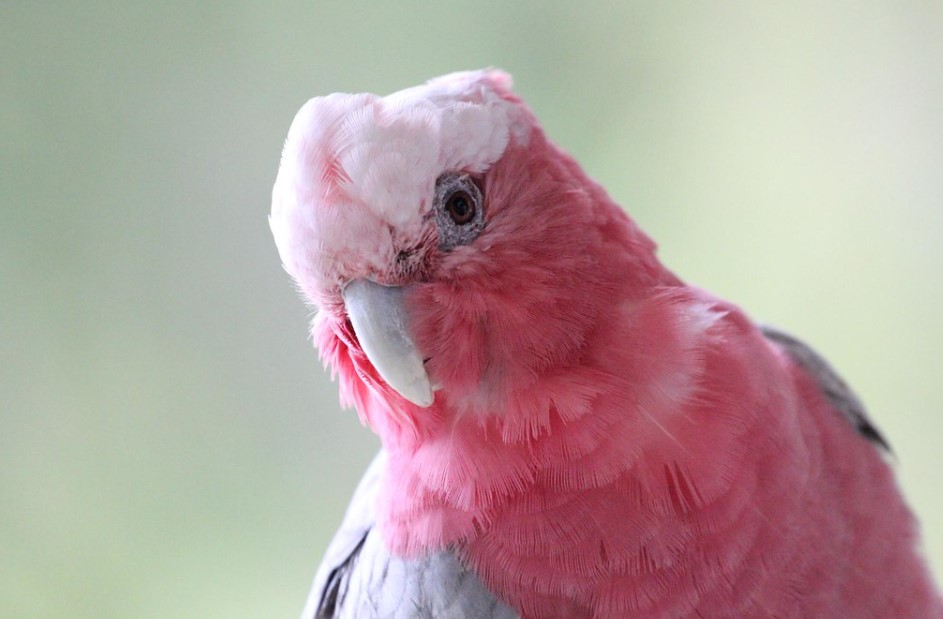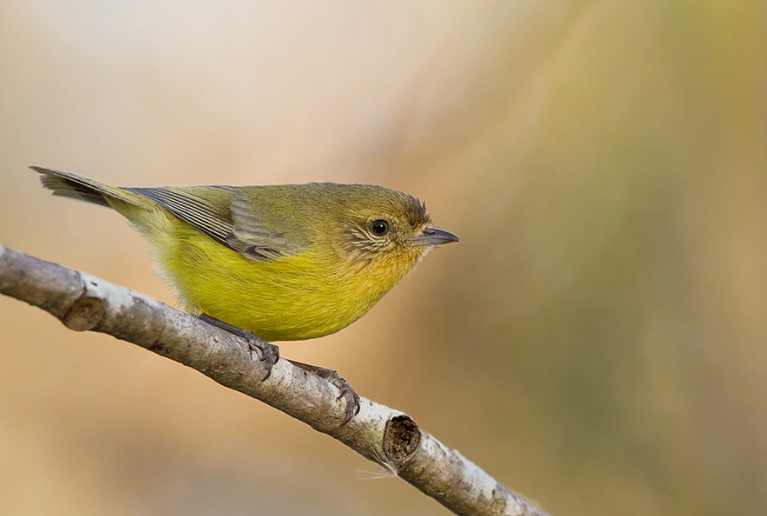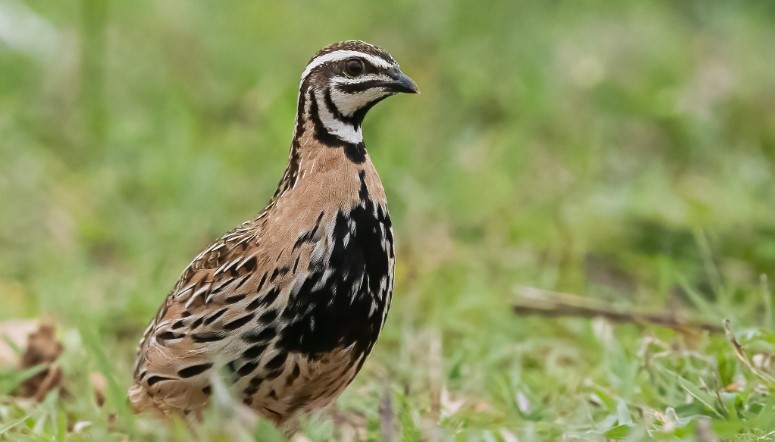Galah is the only member of the cockatoo family within the genus Eolophus. It is quite common to see galahs in Australia. They are often overlooked because of their magical beauty. Galahs are also known as Goulie, Roseate Cockatoos, Rose-breasted Cockatoos, pink and grey cockatoos, and Willie-Willocks.
As a result of the bird’s extremely intelligent nature, they socialize appropriately and engage in fun entertainment activities. Foraging together or flying over the plains, Galahs usually group together in flocks of 35 to 1000 birds. When they change directions, they become pink and then gray.
Breeding pairs may be permanent during the breeding season. They defend nest trees containing hollows and return to the same sites each year. Nests are often found quite close together in clumps of trees. Neighbors are tolerant of one another and of visitors as long as they do not approach the nest within three meters.
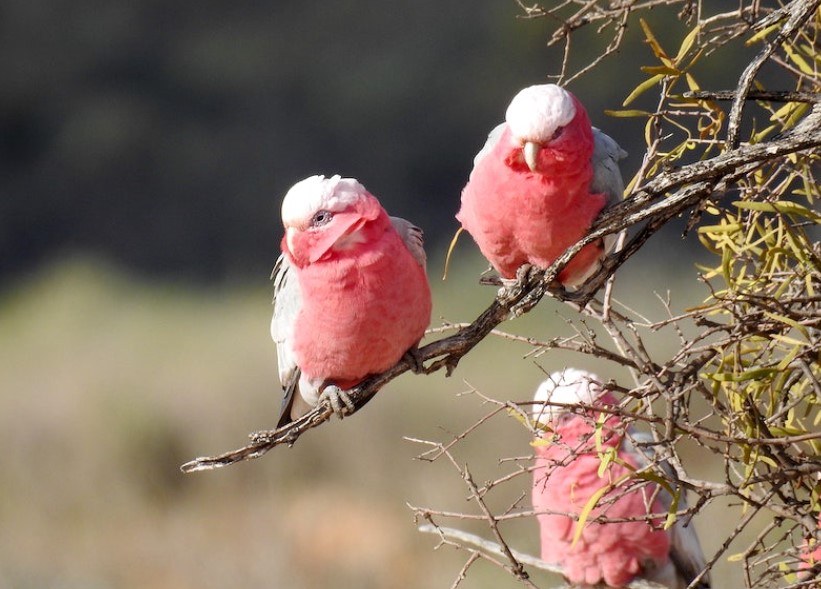
Birds spend more time around their nest trees in the spring as they prepare their nests by entering head first and lining them with eucalyptus foliage. In courtship, males often approach their mates with their crests raised and crests waving from side to side while uttering soft chattering. A conspicuous area on most nest trees has been removed by the birds, particularly the males.
Both males and females wipe their bills and faces over this bare patch throughout the nesting season. Ownership of the site may be advertised in this way. Usually, within a few minutes of leaving the nest, a young Galah can fly nearly as well as its parents-its first flight may reach a distance of up to two kilometers. Landing seems to be more of a problem they seem to crash land. During the first week or two of their lives, new fledglings gather in special patches of woodland, forming creches with up to 90-100 birds each.
The fledglings recognize the parents’ call as they fly back to the creche and gather in the same tree to be fed as they forage in the surrounding countryside. The young birds have to survive on their own for six to eight weeks after which the parents withdraw to the nesting area to complete their annual molts. A galah’s bond with its partner is strong and lifelong, like that with most other cockatoos.
Unfortunately, many Galahs die during the early summer when they are trying to learn to live on their own. The average number of fledglings that survive to breed is only 10 out of 100. Once the birds reach adulthood, they usually live for a very long time. Three or four years of age is the minimum breeding age for Galahs. They tend to wander 50 kilometers or more from their birthplace, especially during the winter, in flocks of immature birds for the first two or three years of their lives.
Due to Galahs’ strong, fast fliers, adult pairs rarely travel this far, but they have been timed at more than 50 kilometers per hour. The birds often travel up to 15 kilometers in search of food, returning to their nests at night to roost.
Continuously flapping and swaying, their flight is continuous. The Galah is a seed-eating parrot, like most parrots. In most cases, they collect their food after the seed has fallen to the ground. Galahs gather in flocks at abundant food sources since ripe seeds are not evenly distributed, but occur patchily. When fed a high-quality diet strictly followed, galahs have been found to reach 70 years of age in captivity. Galahs rarely live to 20 years old in their natural habitat. Galahs typically measure 350-360 mm in length, including the tail.
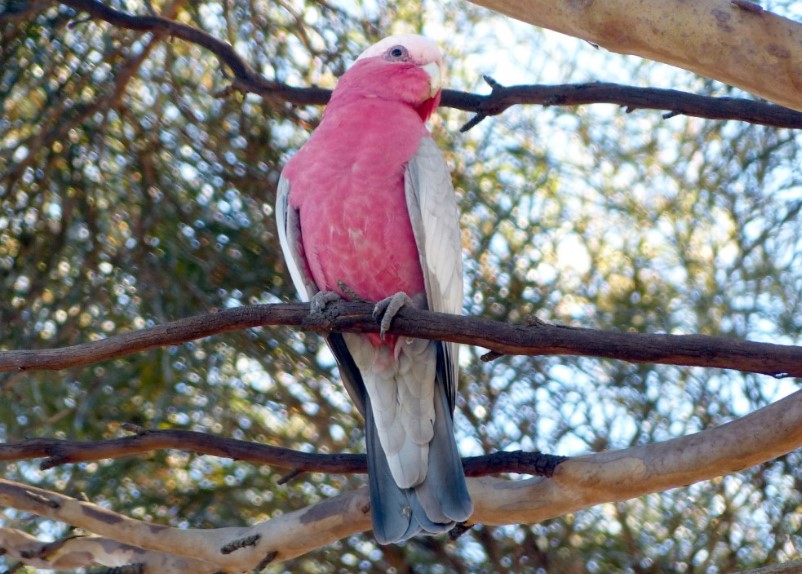
Male Galahs are pink on the head, nape, and underparts, with a whitish crown and deep ventral coloration. There is a light grey color on the back, wings, and tail. Eastern birds have red skin around their eyes, while western birds have crusty white skin. Brown eyes and a horn-colored bill make up the bird’s appearance. Grey is the color of the legs and feet.
Galah Female – Similar to male, but with a light red eye. Galahs in their first year are pink-grey over their breasts and crowns. Brown is the color of the eyes. It has a fine, pinkish-downed young.
Its voice is characterized by harsh screeching territorial calls; single-note screeches. The sound of a wheezing whine can be heard from fledglings and nestlings.
Birds nest and breed mainly between August and November, a little earlier in the north. The parrot builds its nest in a hollow limb or hole in a tree, 3-20 meters above the ground. The nest is lined with green leafy twigs. Galah hens lay two to six oval-shaped, white eggs about 35 x 26 mm in size. Both sexes pass through incubation for about 30 days. The nestling period lasts between six and eight weeks. Traffic, predators like the little eagle and the peregrine falcon, and human activity in some agricultural areas cause them to lose their lives and make them more vulnerable.
Forests with high rainfall and dense forests are the only habitats where it is rare. Savanna woodlands and open grasslands are home to these parrots. There are two types of races. With warty red eye skin and a whitish crown, it is found throughout eastern, central, and northern Australia, as well as in the Kimberleys. The other travels through Western Australia north to the Pilbara with gray crusty eye skin and a pink crown.
